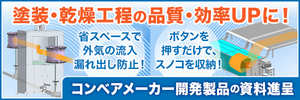1~24 item / All 24 items
Displayed results
Filter by category

Morphological observation
About morphological observation




























